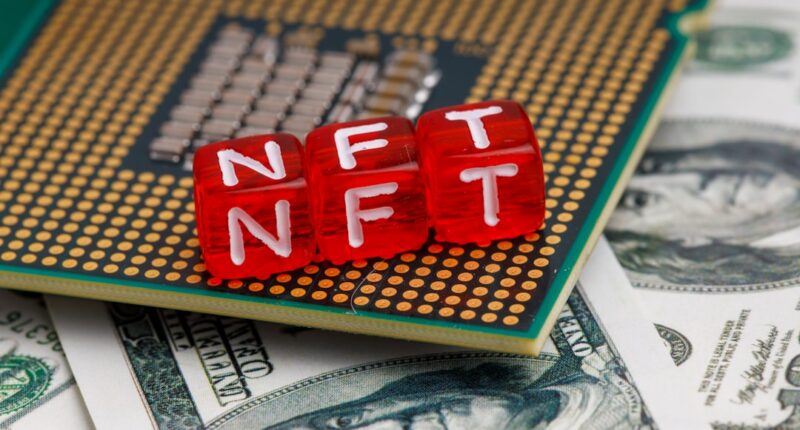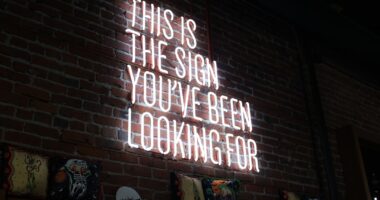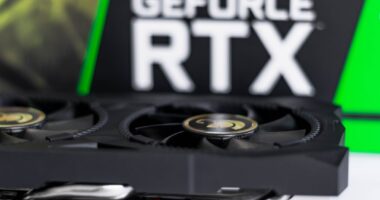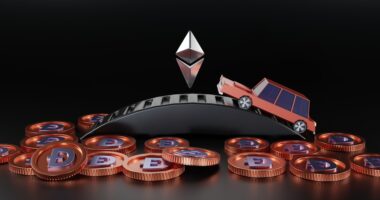NFTs, or non-fungible tokens, have significantly impacted the art world in recent years, transforming how digital artists present and monetize their work. NFT art is distinct from traditional art forms due to its tokenization on a blockchain, which ensures its uniqueness and authenticity. This technology has created new opportunities for digital artists to profit from their creations in previously unavailable ways.
NFT art platforms function as digital marketplaces where artists can showcase and sell their works to a global audience of collectors and art enthusiasts. These platforms have opened up new avenues for digital artists to gain exposure and generate income from their art. By tokenizing their work and selling it on NFT platforms, digital artists can capitalize on the scarcity and uniqueness of their pieces, often commanding high prices from collectors.
NFT art platforms also provide a more direct connection between artists and buyers, bypassing traditional intermediaries such as galleries and auction houses. This democratization of the art market has enabled digital artists to have greater control over their careers and directly profit from their creations.
Key Takeaways
- NFTs are revolutionizing the art world and creating new opportunities for digital artists to profit from their work
- Ethereum-based NFT art platforms offer benefits such as smart contracts and a large user base, but also come with drawbacks like high gas fees
- Bitcoin-based NFT art platforms provide different opportunities for digital artists compared to Ethereum-based platforms
- Top NFT art platforms like OpenSea and Rarible offer unique features for digital artists to showcase and sell their work
- Digital artists can maximize their earnings on NFT art platforms by implementing strategies and navigating the competitive landscape, while staying updated on the latest developments in the NFT art space
Ethereum-Based NFT Art Platforms
Benefits for Digital Artists
Built on the Ethereum blockchain, these platforms offer a range of benefits for digital artists, including low transaction fees, fast transaction times, and a large and active user base. Ethereum’s smart contract functionality also allows for royalties to be built into the sale of NFTs, ensuring that artists continue to profit from secondary sales of their work.
Environmental Concerns
However, there are also drawbacks to using Ethereum-based NFT art platforms. The most significant issue is the environmental impact of Ethereum’s proof-of-work consensus mechanism, which has been criticized for its high energy consumption.
A Shift Towards Sustainability
This has led to concerns about the sustainability of NFT art on the Ethereum blockchain, with some artists and collectors seeking out alternative platforms with lower environmental footprints.
Bitcoin-Based NFT Art Platforms

While Ethereum has been the dominant blockchain for NFT art platforms, there are also platforms that operate on the Bitcoin blockchain. These platforms, such as Counterparty and Rare Pepes, offer a different set of opportunities for digital artists. Bitcoin’s proof-of-work consensus mechanism also raises environmental concerns, but its status as the original cryptocurrency gives Bitcoin-based NFT art platforms a unique appeal to collectors and enthusiasts.
Compared to Ethereum-based platforms, Bitcoin-based NFT art platforms may offer different opportunities for digital artists in terms of exposure and potential collector base. However, they may also face challenges related to transaction fees and speed, as well as a smaller user base compared to Ethereum-based platforms. Digital artists considering Bitcoin-based NFT art platforms will need to weigh these factors when deciding where to showcase and sell their work.
Top NFT Art Platforms for Digital Artists
| Platform | Commission | Community Size | Supported Cryptocurrencies |
|---|---|---|---|
| SuperRare | 15% | 100,000+ | Ethereum |
| Nifty Gateway | 5% | 200,000+ | Ethereum, USD Coin |
| Foundation | 10% | 50,000+ | Ethereum |
| KnownOrigin | 15% | 30,000+ | Ethereum |
When it comes to choosing an NFT art platform to showcase and sell their work, digital artists have a wide range of options to consider. OpenSea is one of the leading Ethereum-based NFT art platforms, offering a user-friendly interface and a wide variety of digital artworks for collectors to browse and purchase. Rarible stands out for its decentralized nature, allowing users to create and trade their own NFTs without relying on a central authority.
On the Bitcoin side, Counterparty has gained attention for its support of NFTs on the Bitcoin blockchain, providing a platform for digital artists to tokenize and sell their work in a Bitcoin-based ecosystem. Rare Pepes has also made waves in the NFT art world, leveraging the popularity of meme culture to create a unique marketplace for digital collectibles. Each of these platforms has its own unique features and selling points, catering to different types of digital artists and collectors.
Understanding the strengths and weaknesses of each platform is crucial for digital artists looking to maximize their opportunities in the NFT art space.
Making a Profit on NFT Art Platforms
For digital artists looking to make a profit on NFT art platforms, there are several strategies they can employ to maximize their earnings. One key strategy is to build a strong brand and following within the NFT art community. By engaging with collectors and fellow artists on social media and other online platforms, artists can increase the visibility of their work and attract potential buyers.
Another important consideration is pricing strategy. Digital artists should carefully consider the value of their work and set prices that reflect its uniqueness and appeal. Additionally, artists can leverage the smart contract functionality of Ethereum-based platforms to ensure they receive royalties from secondary sales of their NFTs, providing a source of passive income over time.
Navigating the competitive landscape of NFT art sales can be challenging, but by staying informed about market trends and actively promoting their work, digital artists can increase their chances of success on NFT art platforms.
NFT Art Platforms in the News

The Impact of Cryptocurrency Updates
Recent news in the cryptocurrency world, such as updates on Ethereum and Bitcoin, can have a profound impact on NFT art platforms. For instance, Ethereum’s transition to a proof-of-stake consensus mechanism has the potential to address concerns about its environmental impact, making it a more sustainable option for NFT art in the future.
Rise in Demand for Digital Collectibles
High-profile sales of NFT artworks and collaborations between digital artists and celebrities have brought increased attention to the NFT art space, driving up demand for digital collectibles.
Staying Ahead in the NFT Art Market
Keeping up with these developments is crucial for digital artists looking to capitalize on emerging opportunities in the NFT art market.
In conclusion, NFT art platforms have opened up new possibilities for digital artists to profit from their work and connect with a global audience of collectors. While Ethereum-based platforms have dominated the space, Bitcoin-based platforms offer alternative opportunities for digital artists to showcase and sell their work. Understanding the unique features and selling points of each platform is essential for digital artists looking to make the most of the NFT art movement.
By employing effective strategies for maximizing earnings and staying informed about market trends, digital artists can navigate the competitive landscape of NFT art sales and build successful careers in this rapidly evolving space. As developments in the cryptocurrency world continue to shape the future of NFT art platforms, digital artists have an unprecedented opportunity to carve out their own path in the art market and profit from their creativity.
FAQs
What are NFTs?
NFTs, or non-fungible tokens, are digital assets that represent ownership or proof of authenticity of a unique item or piece of content, such as art, music, videos, and more, using blockchain technology.
Where can digital artists sell their NFT art?
Digital artists can sell their NFT art on various online platforms, including OpenSea, Rarible, Foundation, SuperRare, and Nifty Gateway, among others.
How do NFT art sales work?
NFT art sales work by artists minting their digital artwork as NFTs, listing them for sale on NFT marketplaces, and then buyers can purchase the NFTs using cryptocurrency.
What are the benefits of selling NFT art?
Selling NFT art allows digital artists to reach a global audience, retain ownership and control over their work, and potentially earn royalties from future resales.
What should digital artists consider before selling NFT art?
Before selling NFT art, digital artists should consider the environmental impact of blockchain technology, the potential for copyright infringement, and the fluctuating value of cryptocurrency.





